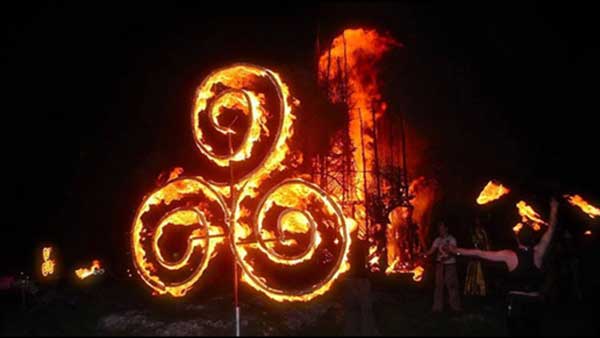Beltane is the Ancient Gaelic festival that is now commonly known as May Day and is celebrated on May 1st.
Celtic Culture is steeped in ancient history and traditions. Many of these pagan traditions, beliefs, practices and festivals are mentioned in the earliest Irish literature and within Irish Mythology.
With unique traditions, that have survived for millennium and endured the test of time.
With ancient monuments and tombs aligned to honour the Solstices and equinox’s such as Megalithic monuments at Newgrange, Knowth, Dowth and Loughcrew, Co Meath.
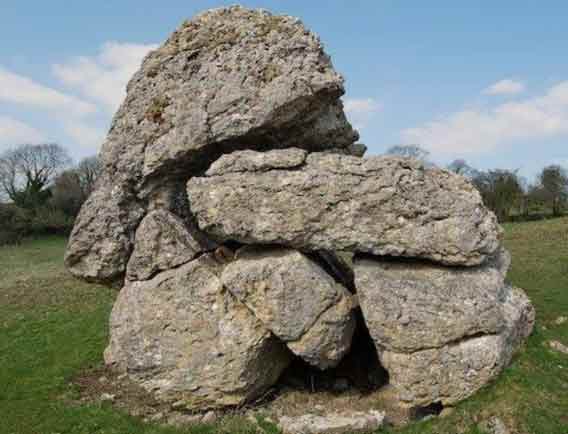
These sites show the importance of ritual within ancient Gaelic societies and their advanced engineering skills as well as a deep understanding of astronomy. There are 4 major festivals within the Celtic Year, Beltane (May 1st), Samhain (31st of October – 1st November), Imbolc (February 1st) and Lughnasadh (August 1st). All with their own meanings and rituals some of which are still practiced today.
Do you carry out any May Day traditions?
Some of these include May Bushes, May Flowers, May Boughs, May Poles and May Bonfires, all these traditions come from the ancient festival of Bealtaine or Beltane, also know as Midsummer.
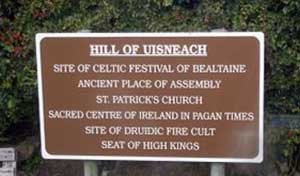
Beltane is the Ancient Gaelic festival that is now commonly known as May Day and is celebrated on May 1st.
Beltane is the Gaelic fire festival, celebrated at the mid point between the spring equinox and the summer solstice.
Beltane draws its name from a mystical stone circle in Donegal, in the North West of Ireland.
The Beltany Stone circle is an ancient and magical location, where on Beltane the only decorated stone in the ancient circle is roughly aligned and is illuminated by the rising sun, leading to the tradition of lighting hill top fires by the ancient Irish at Beltane.
This festival was historically celebrated in Ireland, Scotland, and The Isle Of Man and in Wales where it is called Calan Mai. Beltane marked the beginning of the summer for the ancient Irish.
It was a time to ask for protection for cattle, crops, fertility, and a healthy harvest that would sustain them for the long winter months.

It was also considered to be an essential ritual in the protection of people and property; this was protection from the natural and the supernatural.
Like Samhain (the beginning of winter) the veil between the natural and the supernatural became blurred and thin, allowing for supernatural beings to pass into the land of the living.
According to historical texts such as Sonas Cormaic, during Beltane the ancient Druids would light 2 bonfires (idir dha thine Bhealtaine) and reciting ritual incantations while cattle and people moved between and around the flames of the fires.
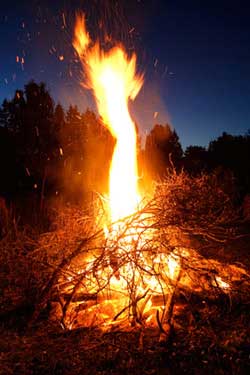
These fires may seem symbolic to us now but to the ancients the smoke, flames and ashes contained protective powers.
These were also said to appease the Aos Si (supernatural beings such as fairies and elves, remember many fairy traditions in Ireland do not portray fairies as nice creatures, in fact they could be horrifying), which could pass into the human realm and harm the living, both human and animal.
Food was often left out on doorsteps, milk was also poured on the doorsteps and offerings were left at places that were associated with fairies such as fairy trees.
Cattle were often brought to fairy forts where rituals were preformed to protect the herd form harm or disease.
Ashes from the bonfires were said to have protective powers, and many homes would distinguish their hearths and relight them from the Beltane fires. People would cover themselves in the ashes, as well as their properties and would use ashes to protect their lands.
During the celebration of Beltane, feasts would be held. Homes, cattle and people would be decorated with yellow flowers that bloomed in May as a possible symbol of fire or the sun.
They would visit sacred wells, decorate a May bush or tree with flowers and other ornaments, it was also thought that Beltane dew had magical powers to heal and preserve beauty.
Many of the Beltane ritual, in differing forms are still carried out today, such as at May Day celebrations.
In Ireland in recent years Beltane has been revived in many places as a cultural event celebrating ancient Irish Traditions, such as at the Hill of Tara and Hill of Uisneach.
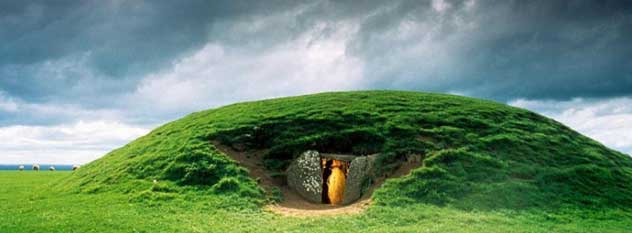
The Hill of Uisneach situated in the Barony of Rathcanrath in the County of Westmeath resides the mythological and mystical Hill of Uisneach, in Ancient Ireland and in Irish Mythology this was considered the centre of Ireland.
It is deeply associated with the celebration of Beltane.
The Hill of Uisneach is an ancient ritual landscape flooded with ancient megalithic monumentality and sacred sites, covering over 2 square kilometers.
These monuments include Barrows, Court Cairns, 2 Ancient Roads, a Holy Well and Circular Enclosures also referred to as Henge Monuments.
There is archaeological evidence to support the theory that this site was used from the Neolithic period to the Early Medieval Period.
An early text called Lebor Gubala Erenn, and the writings of Saint Patrick, refer to the Hill where the Kingdoms of Ireland meet (Leinster, Munster, Connaught, Ulster and Meath). These texts tell us this is where the first Bealtaine fires were lit and the Druids preformed ritual ceremonies.
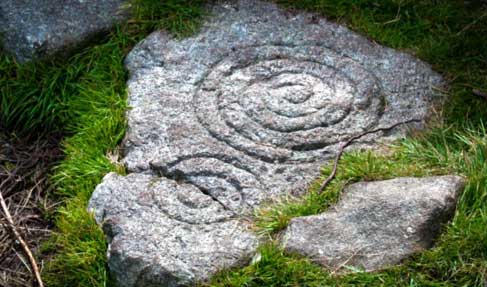
The fire on the Hill of Uisneach could be seen from the Hill of Tara; once the people of Tara could see the fire they could then light theirs. The Hill of Uisneach is also mentioned in the Irish Legend “Deirdre of the Sorrows” this is one of Irelands most beloved stories.
Those practicing Neo Paganism and Wicca have, also kept Beltane traditions and festivals alive; it is one of their most important festivals.
We may not always understand many of our traditions but they all came from somewhere, in Ireland we are lucky that so much of our Ancient Culture survives today, allowing us to glance into our past and appreciate the traditions of our ancestors. Their sacred places and ancient burial sites that grace our mystical landscape, making our Island truly unique.
The understanding of our Ancestors beliefs and traditions somehow keeps them alive and gives us a permanent link to our own special and magical roots.

